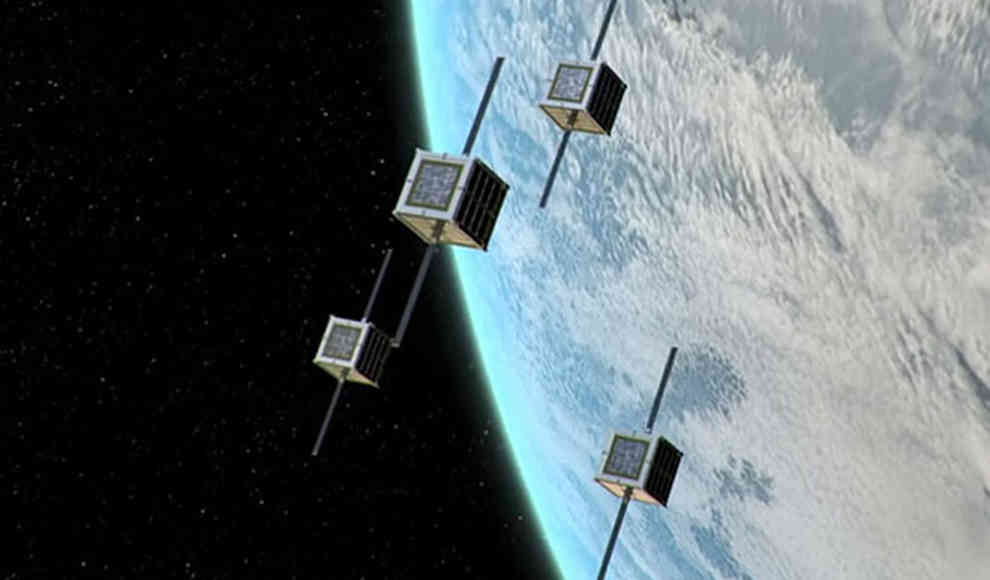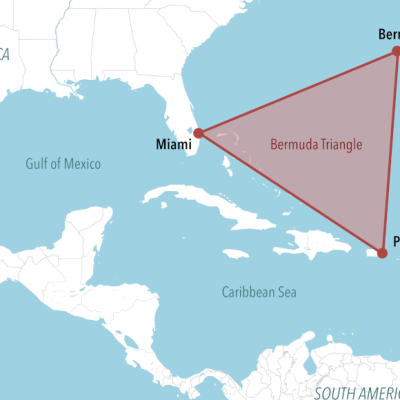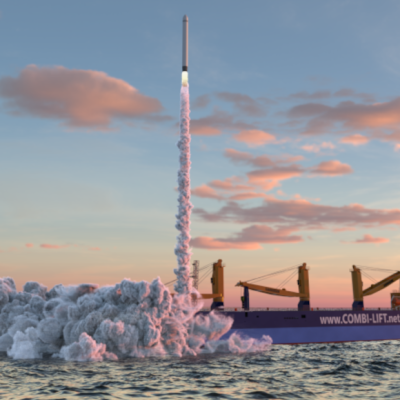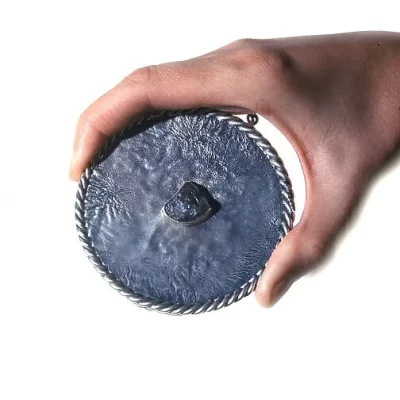Innovative steam-powered thrusters could soon be used to improve the positioning of small satellites in orbit. Small satellites, also known as microsatellites, are becoming increasingly popular due to their low cost and ease of launch. However, their small size makes it difficult to fit a proper propulsion system, which is essential for navigation in orbit. To address this issue, space engineers have developed a unique solution – a steam-powered thruster. The thruster, called FEMTA, was presented at the 31st AIAA/USU Conference on Small Satellites and uses tiny tubes to transport water to a heating element, where it is vaporized to create thrust.
Initial tests of the FEMTA thruster have been promising. The team at Purdue University installed four thrusters in a CubeSat with a length of just 10 centimeters. In a high-vacuum chamber, the thrusters generated thrust for around 80 seconds, with a power output of only a quarter of a watt. However, this was enough to rotate the CubeSat by 180 degrees in less than a minute. According to Alina Alexeenko, the lead engineer on the project, a microsatellite equipped with 12 thrusters would be able to maintain its position accurately.
The use of steam-powered thrusters could revolutionize the positioning of small satellites in orbit. With their low cost and ease of launch, microsatellites are becoming increasingly popular for a range of applications. However, their small size has limited their ability to maneuver in orbit. The FEMTA thruster offers a simple and effective solution to this problem, using water vapor to generate thrust. While the technology is still in its early stages, it has the potential to transform the way we use small satellites in space.










